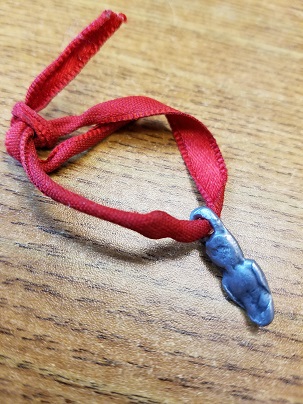The Mission of Suffolk County’s Childhood Lead Poisoning Prevention Program (CLPPP) is to eliminate childhood lead poisoning in Suffolk County. Young children are particularly vulnerable to lead poisoning, which can cause problems with growth and development. These include delayed growth, reduced IQ, and learning and behavior problems. Unborn babies are also vulnerable to negative effects from lead exposure.
The CLPPP performs case investigations for children with elevated blood lead levels. This involves contacting the children’s families and conducting an interview to help determine potential sources of lead exposure, and providing education about sources of lead exposure, the risks of lead poisoning, and recommended treatment/ management. Case investigations are performed in conjunction with staff from the Bureau of Public Health Protection (PHP), who perform environmental lead testing in the home. If the source of lead is found to be the child’s residence, daycare center, etc., PHP issues notices to the property owners requiring lead abatement.
CLPPP staff also conduct developmental screening for children with elevated lead levels, offer referrals to early intervention as needed, and provide ongoing case management to ensure children receive appropriate medical follow-up and testing.
The CLPPP additionally performs outreach and education regarding lead poisoning to the public at health fairs and other community events. CLPPP provides education to providers to ensure that young children are routinely screened for lead as per current screening recommendations. The CLPPP collects data to help identify lead exposure patterns and high-risk populations, to assist with strategic planning for lead poisoning prevention at the local and state level.
Where can Lead be Found?
Lead can be found in places and things we may not normally think of as dangerous. The most common source of lead poisoning is found in chipping paint in houses built before 1978. But lead can be in other places, such as in contaminated dust, soil, and water. Lead can also be found in certain ceramic pots, toys, materials used in hobbies such as stained glass, certain imported cosmetics, and certain traditional folk medicines/remedies. Several lists of products recalled due to lead contamination are available under the "Additional Information" header, below.
Here is an example of source of lead poisoning identified during a home inspection:

An Amulet, also known as, Goajiro is an object that’s most important characteristic is the power ascribed to it to protect its owner from danger or harm. They are found in the literature of all cultures, religions and ethnicities and may in fact pose the danger themselves. These charms can find their way into baby’s mouths causing ingestion of small particles of lead leading to lead poisoning in addition to being a choking hazard.
Who is at risk?
Young children, especially from 6 months to 6 years, are most at risk for lead poisoning. However, Pregnant women and their unborn children are also at risk for lead poisoning. If you are pregnant, you should stay away from areas, foods and items that may contain lead. If you may have been exposed to lead, ask your doctor about getting tested.